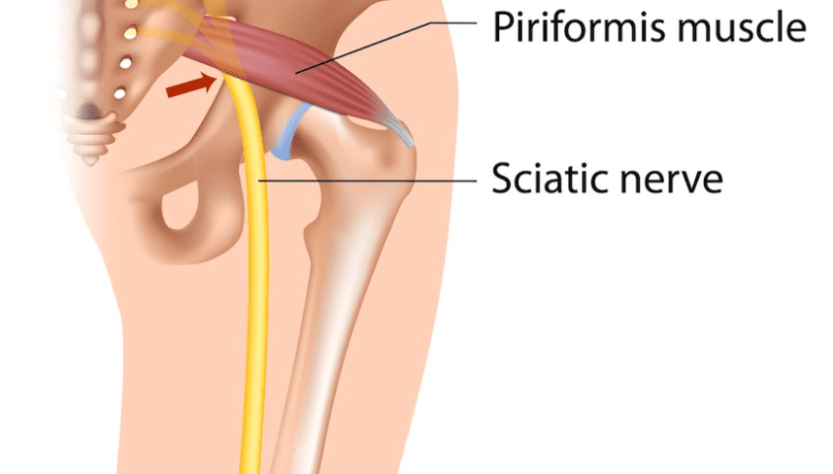Introduction: Symptoms of piriformis syndrome is a relatively common yet often misunderstood neuromuscular disorder that can cause a range of discomforts, from localized pain to radiating sensations down the leg. Despite its prevalence, many individuals are unaware of this condition. In this article, we will shed light on piriformis syndrome, its symptoms, and potential solutions for those grappling with this ailment.
Understanding Piriformis Syndrome
Piriformis syndrome is a condition that arises from the compression or irritation of the piriformis muscle, a deep muscle situated in the buttocks. This muscle plays a pivotal role in the functioning of the hip joint, enabling you to rotate and stabilize the hip. However, when the piriformis muscle becomes inflamed, tense, or spasms, it can exert pressure on the nearby sciatic nerve. This pressure can lead to various symptoms commonly associated with piriformis syndrome.
Common Symptoms of Piriformis Syndrome
- Buttock Pain: The most prevalent symptom of piriformis syndrome is localized pain in the buttocks. This discomfort is typically deep and often described as a dull ache, sometimes radiating down the back of the thigh.
- Sciatic Pain: Piriformis syndrome can lead to sciatic nerve compression, causing pain that radiates down the back of the leg. This pain can extend to the calf or even the foot, often mimicking the symptoms of true sciatica.
- Numbness and Tingling: Many individuals with piriformis syndrome experience numbness or tingling sensations in the affected leg. This is often due to the compression of the sciatic nerve.
- Muscle Weakness: As the sciatic nerve is responsible for the proper functioning of the muscles in the leg and foot, weakness in these areas can develop due to piriformis syndrome.
- Pain Worsening with Activity: Activities that engage the piriformis muscle, such as walking, climbing stairs, or even sitting for prolonged periods, can exacerbate the pain and discomfort.
- Difficulty Sitting: Individuals with piriformis syndrome may find it challenging to sit for extended periods. The pain often intensifies when pressure is applied to the affected buttock.
- Pain Relief with Movement: Surprisingly, some people find relief from piriformis syndrome by engaging in specific stretches and exercises. Motion can help alleviate the pressure on the sciatic nerve.
Diagnosis and Treatment
If you suspect you have piriformis syndrome, it is crucial to seek medical attention. A healthcare professional will typically conduct a physical examination and inquire about your symptoms. They may also recommend imaging tests like an MRI or X-rays to rule out other possible causes of your pain.
The treatment approach for piriformis syndrome varies and often includes a combination of the following:
- Physical Therapy: Physical therapists can help you with targeted exercises and stretches to alleviate muscle tension and improve the condition.
- Medications: Non-steroidal anti-inflammatory drugs (NSAIDs) and muscle relaxants can help manage pain and inflammation.
- Heat and Ice Therapy: Alternating heat and ice can provide relief from acute pain and reduce muscle inflammation.
- Injections: In some cases, corticosteroid injections may be administer directly into the piriformis muscle to reduce inflammation.
- Lifestyle Modifications: Changing your daily routine, incorporating ergonomic adjustments, and avoiding prolonged sitting can help alleviate symptoms.
- Surgical Intervention: Although rare, surgery may be consider when conservative treatments fail to provide relief. Surgery aims to release the piriformis muscle and alleviate pressure on the sciatic nerve.
Conclusion
Piriformis syndrome is a challenging condition that can significantly impact one’s quality of life. It often goes undiagnosed or misdiagnosed, but awareness and proper treatment can make a world of difference for those who suffer from it. If you experience any of the symptoms mentioned in this article, it’s important to seek medical attention promptly. With the right diagnosis and a tailored treatment plan, many individuals can find relief and regain their mobility and comfort.

